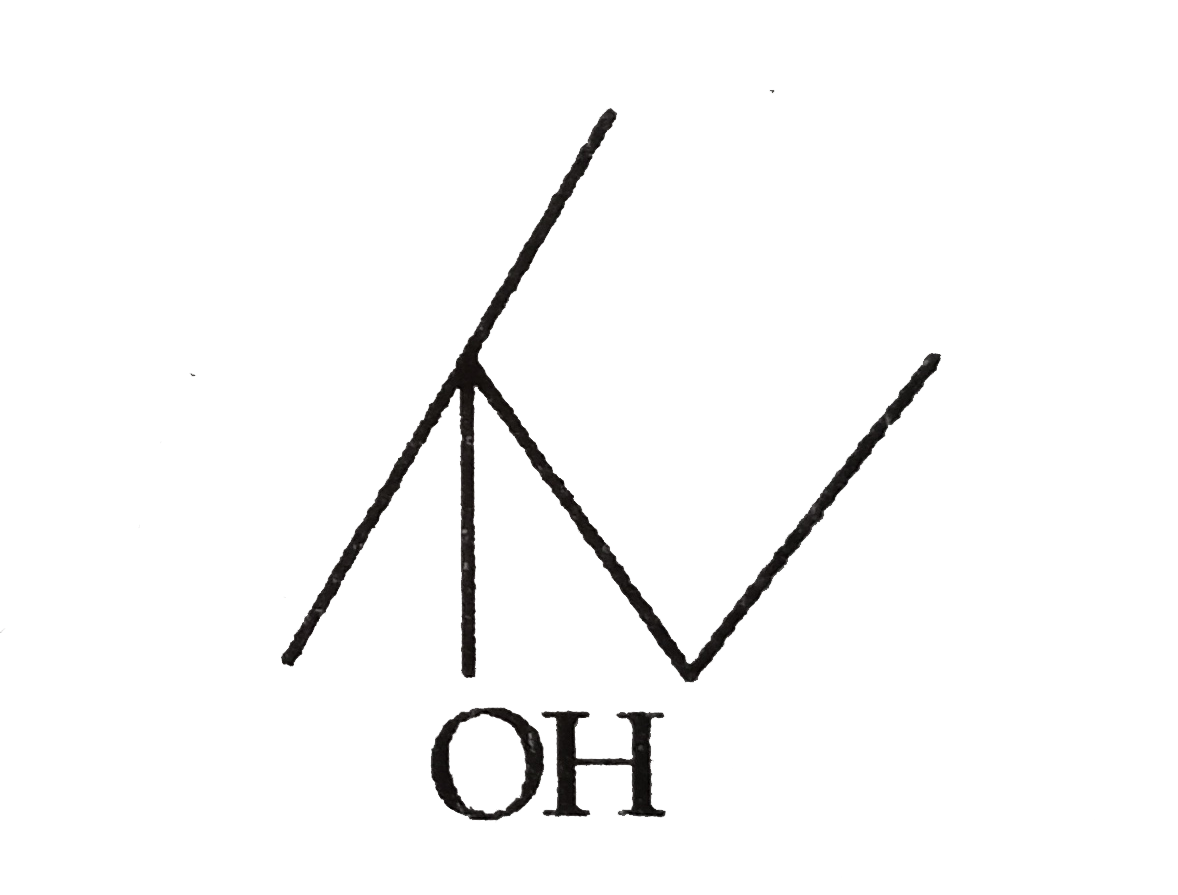How is nylon 6, 6 synthesised ?
Step-by-Step Solution: How Nylon 6,6 is Synthesized
1. Identify the Monomers:
- The synthesis of Nylon 6,6 involves two key monomers: adipic acid and hexamethylene diamine.
- Adipic acid has the chemical structure: HOOC-(CH2)4-COOH.
- Hexamethylene diamine has the chemical structure: H2N-(CH2)6-NH2.
2. Understand the Reaction Type:
- The polymerization reaction that synthesizes Nylon 6,6 is a type of condensation polymerization. This means that during the formation of the polymer, a small molecule (water) is released as a byproduct.
3. Write the Reaction:
- When adipic acid and hexamethylene diamine react, they form Nylon 6,6 through the formation of amide linkages. The reaction can be summarized as follows:
n(HOOC-(CH2)4-COOH)+n(H2N-(CH2)6-NH2)→Nylon 6,6+nH2O
- The resulting polymer structure will have repeating units of the amide linkage, which can be represented as:
−NH−(CH2)6−NH−CO−(CH2)4−CO−
- This structure indicates that the polymer consists of alternating segments derived from both monomers.
4. Conditions for Synthesis:
- The reaction typically occurs at a temperature of around 553 Kelvin and under high pressure to facilitate the polymerization process.
5. Final Product:
- The end product of this reaction is Nylon 6,6, which is characterized by its strong intermolecular forces and is classified as a fiber polymer.
- The synthesis of Nylon 6,6 involves two key monomers: adipic acid and hexamethylene diamine.
- Adipic acid has the chemical structure: HOOC-(CH2)4-COOH.
- Hexamethylene diamine has the chemical structure: H2N-(CH2)6-NH2.
- The polymerization reaction that synthesizes Nylon 6,6 is a type of condensation polymerization. This means that during the formation of the polymer, a small molecule (water) is released as a byproduct.
- When adipic acid and hexamethylene diamine react, they form Nylon 6,6 through the formation of amide linkages. The reaction can be summarized as follows:
n(HOOC-(CH2)4-COOH)+n(H2N-(CH2)6-NH2)→Nylon 6,6+nH2O
- The resulting polymer structure will have repeating units of the amide linkage, which can be represented as:
−NH−(CH2)6−NH−CO−(CH2)4−CO−
- This structure indicates that the polymer consists of alternating segments derived from both monomers.
- The reaction typically occurs at a temperature of around 553 Kelvin and under high pressure to facilitate the polymerization process.
- The end product of this reaction is Nylon 6,6, which is characterized by its strong intermolecular forces and is classified as a fiber polymer.
Topper's Solved these Questions
- POLYMERS BOOK - ICSECHAPTER - POLYMERS EXERCISE - EXERCISE (PART-II (DESCRIPTIVE QUESTIONS )) ( SHORT ANSWER QUESTIONS )
1 Video
- POLYMERS BOOK - ICSECHAPTER - POLYMERS EXERCISE - EXERCISE (PART-II (DESCRIPTIVE QUESTIONS )) ( SHORT ANSWER QUESTIONS
30 Videos
- POLYMERS BOOK - ICSECHAPTER - POLYMERS EXERCISE - EXERCISE (PART-I ( OBJECTIVE QUESTIONS )) (Match the following:)
1 Video
- P-BLOCK ELEMENTSBOOK - ICSECHAPTER - P-BLOCK ELEMENTSEXERCISE - SOURCE BASED QUESTIONS
10 Videos
- PROLEMS BASED ON CHEMICAL STRUCTURES AND REACTIONS BOOK - ICSECHAPTER - PROLEMS BASED ON CHEMICAL STRUCTURES AND REACTIONS EXERCISE - QUESTIONS
185 Videos
Similar Questions
How are teflon and nylon-6 synthesised ? Identify the type of polymerization on the basis of chain-growth and step-growth polymerization.
View SolutionWhat is Buna-S ? How is it synthesised ?
View SolutionWhat is teflon? How is it synthesised ? Is it an addition or condensation polymer ?
View Solutionflorigen is synthesised in
View Solutionflorigen is synthesised in
View SolutionOxytocin is synthesised in
View SolutionHow is nylon-6, 10 prepared ?
View SolutionHow will you synthesise the following alcohol from appropriate alkene:

View SolutionHow will you synthesise the following from ethyl chloride?
n-Butane.
View SolutionHow will you synthesise the following from ethyl chloride?
Propionic acid.
View Solution
